Welding galvanised steel is a common practice in metal fabrication and construction industries. Galvanised steel is steel that has been coated with a layer of zinc to protect it from corrosion. However, welding galvanised steel presents some unique challenges compared to welding regular steel due to the presence of the zinc coating. In this article, we will explore the process of welding galvanised steel, the precautions to take, and the benefits of using this material for your projects.
Galvanised steel is steel that has been coated with a layer of zinc to protect it from rust and corrosion. The zinc coating acts as a sacrificial anode, corroding before the underlying steel does. This makes galvanised steel an excellent choice for outdoor applications or environments where the metal is exposed to moisture or corrosive elements. When welding galvanised steel, the challenge lies in dealing with the zinc coating. During the welding process, the zinc coating can vaporise and produce fumes that are harmful if inhaled. These fumes can cause metal fume fever, a condition characterized by flu-like symptoms such as fever, chills, and muscle aches. Therefore, it is essential to take precautions when welding galvanised steel to protect yourself and others in the vicinity.

.
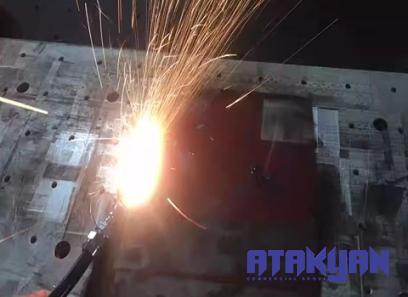 Precautions for Welding Galvanised Steel
Precautions for Welding Galvanised Steel
1. Ventilation: Proper ventilation is essential when welding galvanised steel to remove zinc fumes from the welding area. Make sure you are working in a well-ventilated space or use exhaust fans to pull the fumes away from you and your workspace. 2. Personal Protective Equipment (PPE): Wear the appropriate PPE when welding galvanised steel, including a respirator to protect your lungs from inhaling zinc fumes, safety glasses or a face shield to protect your eyes from sparks and debris, welding gloves to shield your hands from heat and molten metal, and flame-resistant clothing to protect your skin from burns. 3. Preparing the Surface: Before welding galvanised steel, it is essential to remove the zinc coating from the area to be welded. This can be done using a wire brush, sanding disc, or chemical stripper. Removing the zinc coating will prevent the formation of zinc oxide fumes during the welding process. 4. Welding Technique: When welding galvanised steel, use a low heat input and avoid excessive heat that can vaporise the zinc coating and create harmful fumes. It is also important to use the correct welding technique for the type of joint you are welding to ensure a strong and durable weld.
..
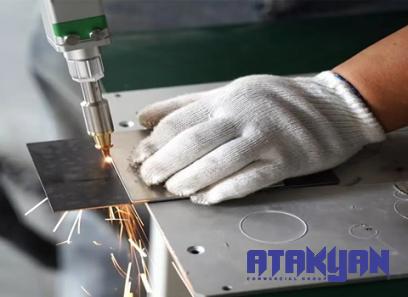 Benefits of Welding Galvanised Steel
Benefits of Welding Galvanised Steel
Despite the challenges of welding galvanised steel, there are several benefits to using this material for your projects: 1. Corrosion Resistance: The zinc coating on galvanised steel provides excellent corrosion resistance, making it ideal for outdoor applications or environments with high moisture and humidity. 2. Durability: Galvanised steel is known for its durability and longevity, making it a cost-effective choice for projects that require a strong and long-lasting material. 3. Aesthetic Appeal: Galvanised steel has a unique and attractive appearance that can enhance the visual appeal of your projects, whether it is a structural element or a decorative feature. 4. Versatility: Galvanised steel is a versatile material that can be easily welded, cut, bent, and formed to suit a wide range of applications, making it a popular choice for construction, manufacturing, and fabrication projects.
…
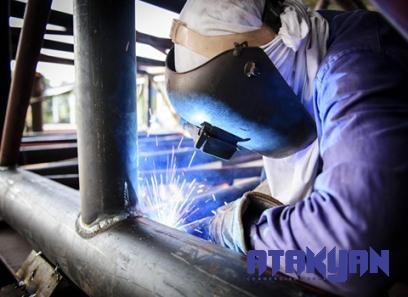 In conclusion, welding galvanised steel requires attention to detail, proper safety measures, and knowledge of the material’s properties. By understanding the benefits of using galvanised steel and following the recommended precautions, you can create strong and reliable welds that will meet your project needs and exceed expectations. Embrace the versatility and durability of galvanised steel in your projects and enjoy the many advantages this material has to offer.
In conclusion, welding galvanised steel requires attention to detail, proper safety measures, and knowledge of the material’s properties. By understanding the benefits of using galvanised steel and following the recommended precautions, you can create strong and reliable welds that will meet your project needs and exceed expectations. Embrace the versatility and durability of galvanised steel in your projects and enjoy the many advantages this material has to offer.
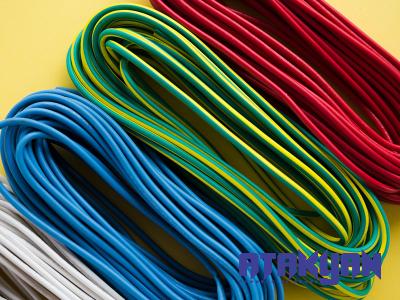


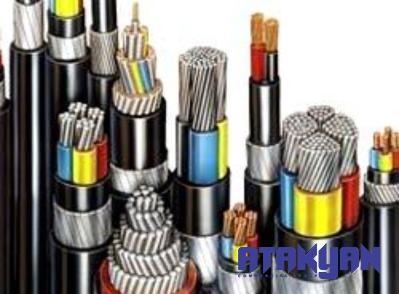
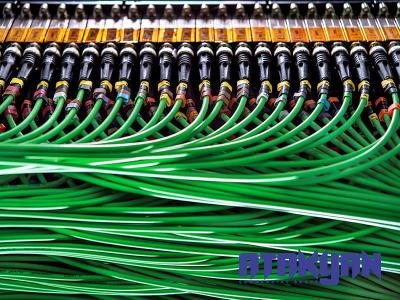

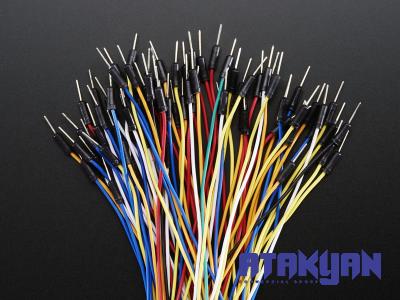

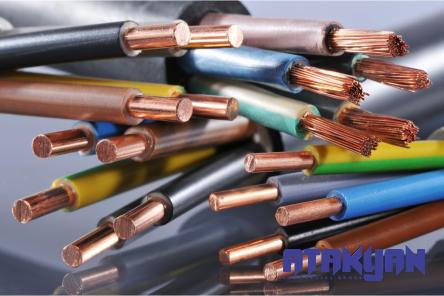
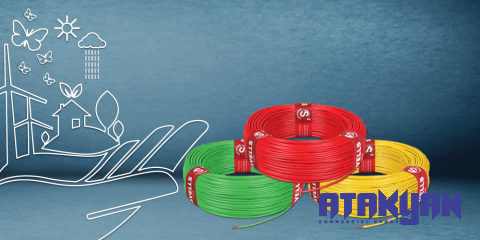
Your comment submitted.